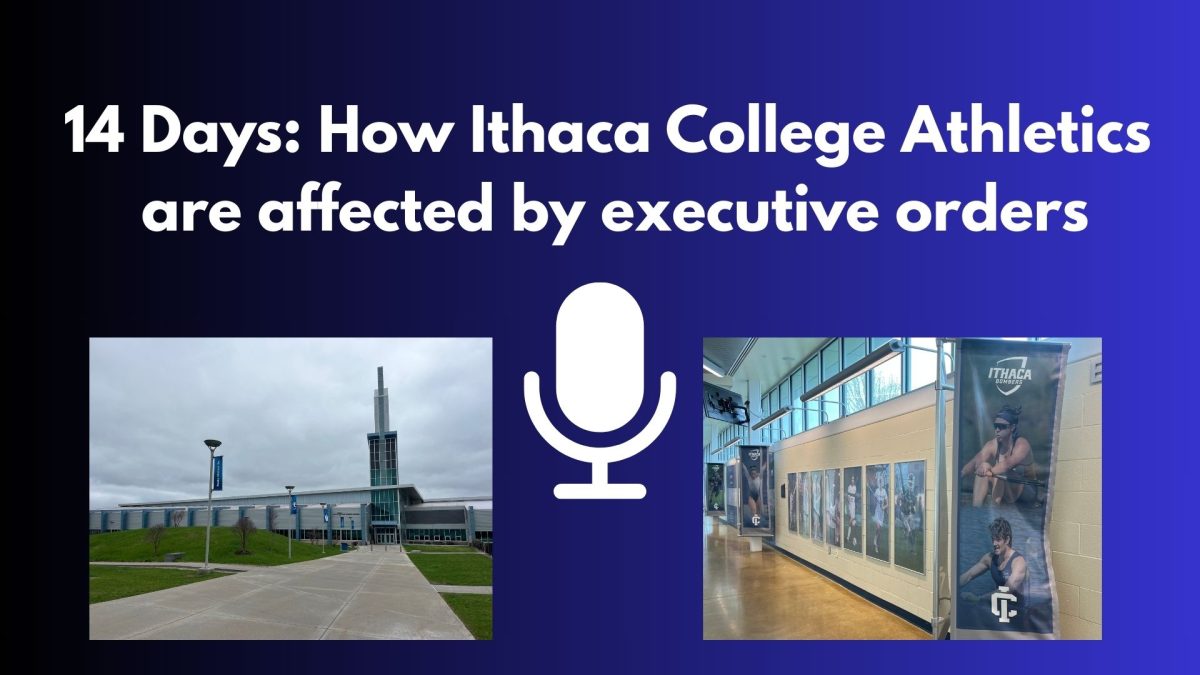These offices have become the headquarters for La Marcha de Mayo, a pro-immigrant protest that seeks to celebrate Latinx culture and diversity and break stereotypes.
 This march, like many others, came as a reaction to the election of President Donald Trump. The founder of this protest, Ana Brenton, said that after the election happened she was looking for a place to air her grievances about the results.
This march, like many others, came as a reaction to the election of President Donald Trump. The founder of this protest, Ana Brenton, said that after the election happened she was looking for a place to air her grievances about the results.
“I googled immigration protest or immigration march, and there was nothing. Now there are a bunch of other marches …but at the time there was nothing, so I just said ‘I’m going to create one, let’s just see if I can make it happen.’ I started sending out Facebook invites for an event I created,” said Brenton. “Within three days 10,000 people had RSVPed.”
What makes La Marcha de Mayo so special is that it was put together by a group of volunteers who have never had any activism experience but who wanted to come together to not only voice their opinion on immigration policies but also celebrate the beauty in Latinx heritage. “I think this is the silver lining of who won the election, is this rise of activism,” Brenton said.
“Prior to this march I did not consider myself an activist,” said Nick Pappas, one of the community organizers for la marcha and also Ana’s husband. He said that he and Ana had gone to the Women’s March in Washington D.C. and were inspired by the number of people and energy around the march as well as the different movements that showed up.
“It just feels like there’s this big movement to try and come together right now,” he said.
Brenton’s vision for la marcha — as the core group of organizers call it — is a place to showcase the things that make Latinx culture vibrant as well as the contributions it has made to the overall culture in the U.S.. Some of the main visions for la marcha are to be loud and visible as well as to be a celebration of Latinx heritage. The organizers want music and dancing from all Latin American countries and all facets of Latinx culture to be shown: from indigenous traditions to afro-latino and Latino-Muslim voices to be present and engaged and to tackle all aspects of the current political discord.
According to the Furman Center for Real Estate and Urban policy, 26 percent of New York’s population is Latino. This makes it the fourth largest Latino city in the U.S., according to the Hispanic Federation, as well microcosm filled with the diversity of all Latinx cultures.
The goal, essentially, is to create a political carnival. “I think that you are not going to change someone’s mind by focusing too much on the negative,” said Pappas. “What we are trying to do is embrace who we are and invite people to be a part of who we are.”
Eighty-one percent of undocumented immigrants in the U.S. are born in Latin America, and around 51 percent of them come from Mexico. Also, 18 percent of the U.S. population identifies as Latino making it the largest ethnic minority in the U.S. according to the U.S. Census Bureau. Like many other minorities, it has been scrutinized and boxed into various stereotypes, especially within Trump’s rhetoric.
Trump’s anti-immigration policies were seen as hostile during his entire campaign and continue to be seen as aggressive especially towards those of the Latinx and Muslim communities. He has called Mexicans rapists and murderers as well as questioned the judgment of a judge because they had a Mexican heritage. Trump’s most famous initiative against immigrants is his building of the wall.
“Borders are constructed; there should be no borders between people,” Alyssa-Rae McGinn said. She is one of the core volunteers of la Marcha and is also an analyst in a private investigations firm. She joined la Marcha to be able to support New York City’s immigrant population.

Another aspect la Marcha wants to make clear is that they are not trying to make an anti-Trump statement, but a statement against destructive policies and negative stereotypes that are directed towards immigrants and Latinx communities. They also want to start opening up conversations to tackle all sorts of policies that attack minorities.
“Working with La Marcha community is slowly giving me the tools to communicate more effectively about the violence behind institutions that perpetuate anti-immigration, sexism, homophobia, racism, and all the other ideologies that Trumpism signifies,” said Pamela Segura. She is in charge of getting people to the speaker’s stage and is also a public school teacher in the NYC Department of Education.
Brenton emphasized that she wanted other causes and activists showing up to la Marcha as well. “I know immigration is not the only thing that the Latino populations talks or cares about; black lives matter, healthcare…it’s a broad range of topics that the community cares about,” she said.
She also explained that there has been a lot of support from other marches and protests behind the scenes. Some of the materials that they are going to be using — vests as well as the possibility of megaphones — were used in the Women’s March, and then passed down from march to march as a form of “passing the baton.” La Marcha is even following the Women’s March route to Trump Tower.
“Quite honestly, the future is at stake for all of us,” Segura said. “We have to act now. I think there needs to be an immediacy and urgency to these conversations and actions of resistance” regards to what’s at stake with this march as well as so many others. I am feeling empowered enough to take a public stance is such an emotional time in the world.”













